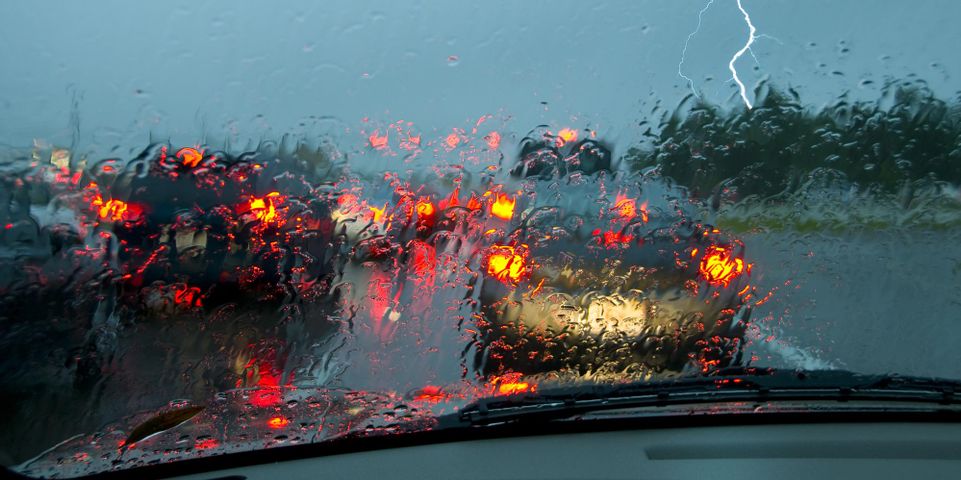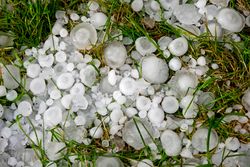Why Is Hail Damage So Common in Colorado?

Colorado is one of the states hit most by hail in the country. And while it is not always predictable, the more you know about this phenomenon, the better prepared you’ll be for the next storm. The following guide looks at how these ice balls come to be and why hail damage is so severe here.
How Does Hail Form?
Hail, which is essentially frozen precipitate, forms as part of a thunderstorm. During the event, air is simultaneously moving rapidly up and down. When the updrafts are strong enough, they carry both water vapor and rain to such cold heights that they freeze. This single frozen nugget will linger high in the sky for a time until it ultimately succumbs to gravity. As it falls, the ice will combine with other ice and falling raindrops to form a supercluster, capable of cracking a windshield or denting a roof.
Why Is It So Common & Strong in Colorado?
 Hail is actually so common in Colorado that the state is considered to be part of a region known as “Hail Alley.” The primary reason for that is the presence of the Rocky Mountains. The range is home to a lot of volatile air, which mixes with nearby moisture, creating the starting ingredients for a thunderstorm. But it is not just the frequency that makes Colorado distinct. Due to the region’s famously thin air, these chunks of ice fall faster and harder than in other places, causing more hail damage.
Hail is actually so common in Colorado that the state is considered to be part of a region known as “Hail Alley.” The primary reason for that is the presence of the Rocky Mountains. The range is home to a lot of volatile air, which mixes with nearby moisture, creating the starting ingredients for a thunderstorm. But it is not just the frequency that makes Colorado distinct. Due to the region’s famously thin air, these chunks of ice fall faster and harder than in other places, causing more hail damage.
Has your roof suffered hail damage? Get in touch with a respected contractor like Formula Roofing in Denver, CO. The family-owned and operated company will not only help patch any damage caused by the storm but also help fortify it against future events. Learn more about their services online. Read satisfied customer reviews on Google or Yelp. Then ask for a free estimate by calling (303) 600-8696.
About the Business
Have a question? Ask the experts!
Send your question

